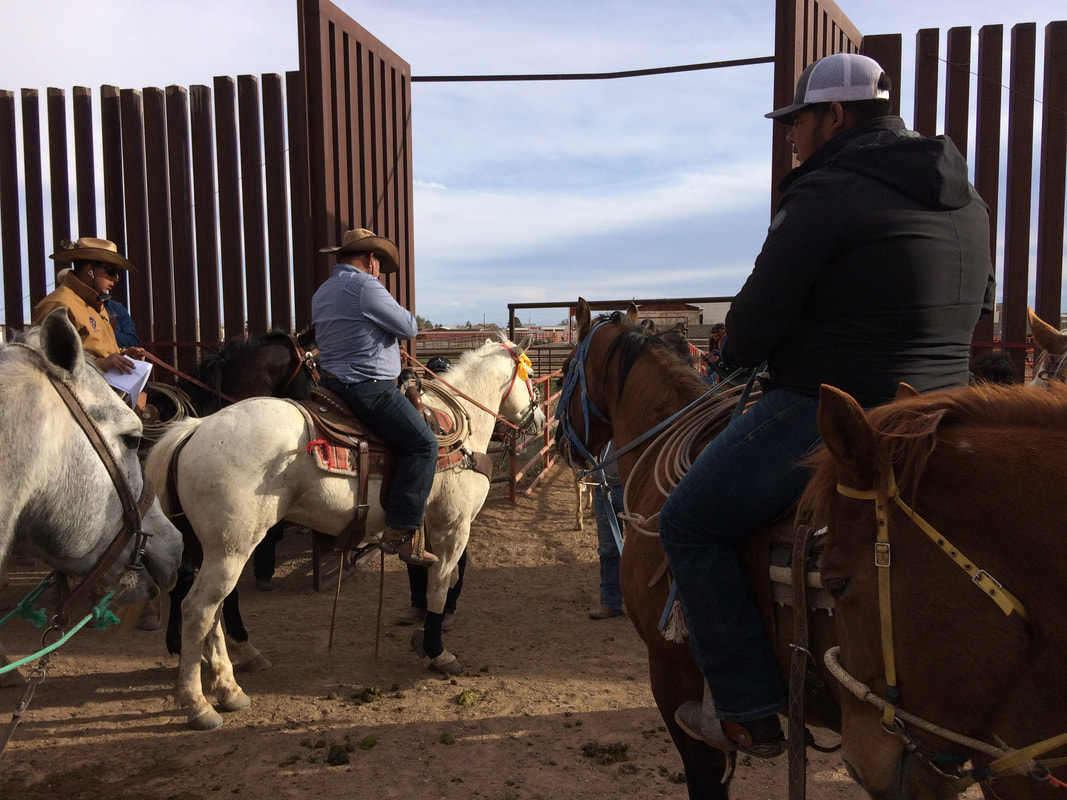"Crossing Columbus" by Cathy Lee Crane
Now Showing!
|
CATHY LEE CRANE has charted a speculative history on film since 1994. She is the recipient of fellowships from the Guggenheim Foundation and the New York Foundation for the Arts as well as grants from the New York State Council on the Arts and the San Francisco Arts Commission. Her award-winning films (which include the experimental biographies Pasolini’s Last Words and Unoccupied Zone: The Impossible Life of Simone Weil) have screened at Viennale, San Francisco International Film Festival, Festival du Nouveau Cinema, Cinematheque Francais, BFI, and Arsenal/Berlin. Her body of work received its first survey in 2015 as part of the American Original Now series at the National Gallery of Art. Crane's first feature-length narrative film The Manhattan Front (2018) premiered at SFIndie Fest to rave reviews. In a quarter century of filmmaking, she has also served as director of photography for many artists including for Harun Farocki’s groundbreaking Prison Images (2000). Crossing Columbus (2021), a feature documentary is part of Drawing the Line, a multi-platform project about the Western Boundary of the US/Mexico border. This project was developed with fellowship support from the El Paso Community Foundation and the Rockefeller Foundation Bellagio Research Center. Crane is Professor in the Department of Cinema and Photography at Ithaca College.
|
SYNOPSIS
At the height of the Mexican Revolution, Pancho Villa raided Columbus, N.M. Every year, the town’s commemoration of the raid opens old wounds. This year (2018), Mexican riders on horseback (Cabalgata Binacional Villista) drive north through the Chihuahua desert with the grandson of Villa himself to donate Villa’s death mask. Richard Dean, the town’s self-proclaimed historian, finds the village enthusiasm for the Cabalgata “un-American”. The memorial he organizes for the Historical Society is also the anniversary of his grandfather’s murder by the Villistas. As the town grapples with the historical event that put Columbus on the map, it becomes clear that the very survival of this border town depends on it. The story of Columbus is as much about the past as it is the ritual of retelling and enacting it. After decades of repetition, this story has come to shape the town’s very identity. Border dwellers are natural storytellers. Lives lived in the borderlands today emerge from divergent accounts of the Villa raid. In the week leading up to the event, the tale of Crossing Columbus emerges in between the lines of these bilingual stories. July runs the Tumbleweed Theater. Sheila, resident of the oldest commune in New Mexico, refurbishes the historic jail. Philip, owner of the town’s boutique hotel drives the bus that transports children from Mexico to Columbus schools. Sergeant Majors from Ft. Bliss use maps and historical photographs on easels in the windy dust of the desert to learn military strategies the Army deployed to defend against the Villa raid. South of the border, residents of Palomas see the Cabalgata as necessary. The border has bred violence and has split their community in half. Recently deported from the U.S., Juan organizes the riders’ arrival to Palomas under a statue of Villa on horseback. From his body shop, Victor has a bird’s eye view of events along the border fence including coyotes and their crossing of migrants. His daughter Adriana runs the Borderlands Café in Columbus. Ignacio, a dual citizen, manages the Palomas Stockyards, coordinating the crossing as U.S. Customs opens the border fence for the riders. The heart of the film emerges from the cavern of an abandoned dance hall in Columbus. There, Roberto dreams of days before the “violence”, the meaning and necessity of living together, and the constant flow and passage across a line in the sand. Intertwining observations as horses approach and villagers greet them combine with pristine archival material of both Villa and the Pershing Punitive Expedition which followed it to shape a timeless story of the borderlands. |
|
The Rourke proudly presents the work of a new filmmaker every two months thanks to the expert curation of Raymond Rea.
Raymond Rea is a transmale filmmaker and writer whose work has been screened nationally and internationally at festivals and in educational settings, including (but not limited to): the San Francisco International Film Festival (Frameline), MIX NYC, MIX Mexico, Minneapolis St Paul International Film Festival, BFI London, Outfest, Inside Out, Translations, the Seattle Transgender Film Festival, the San Francisco Transgender Film Festival. His experimental work has also screened at microcinemas including Echo Park Film Center, The Nightingale, Indie Memphis, Artist's Television Access. His writing has been produced at the EXIT Theatre in San Francisco and Theatre B in Moorhead, Minnesota. For more information, visit: https://raymondrea.com |





